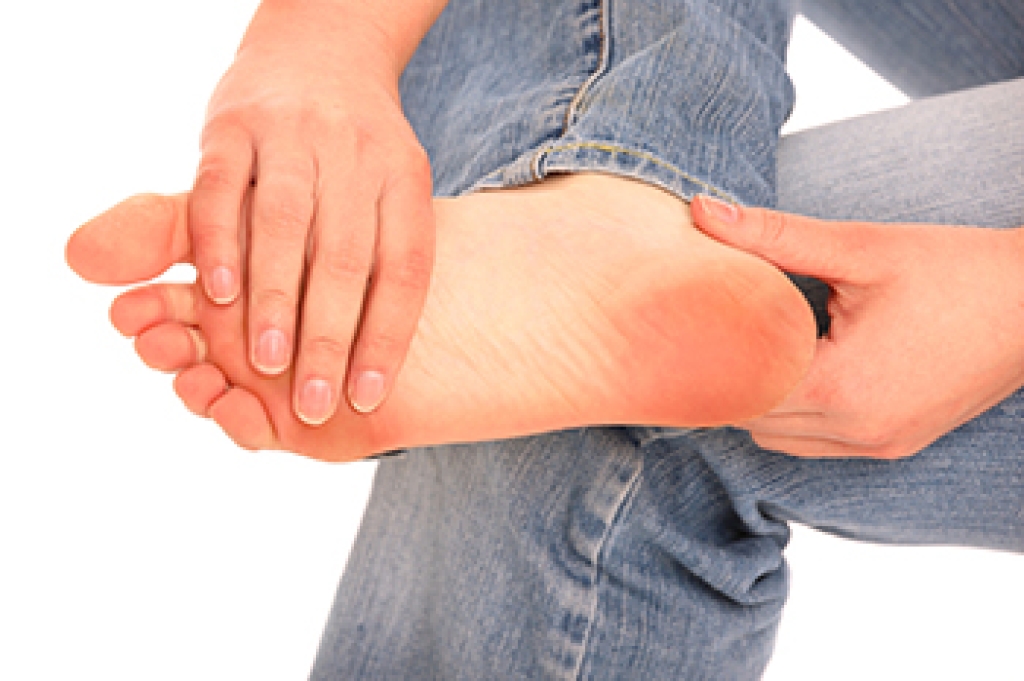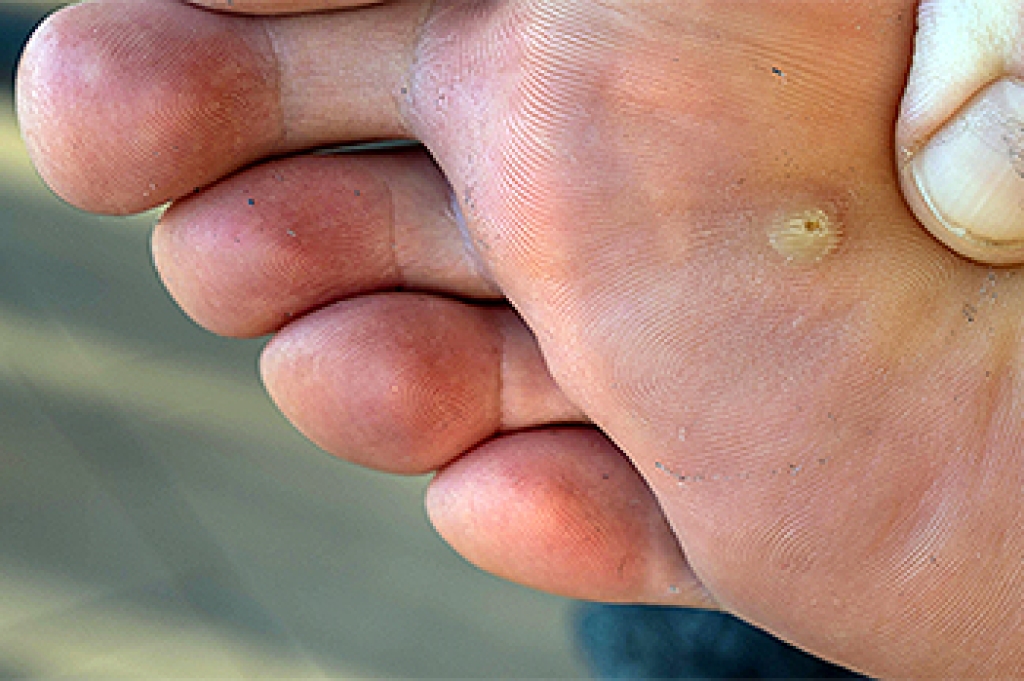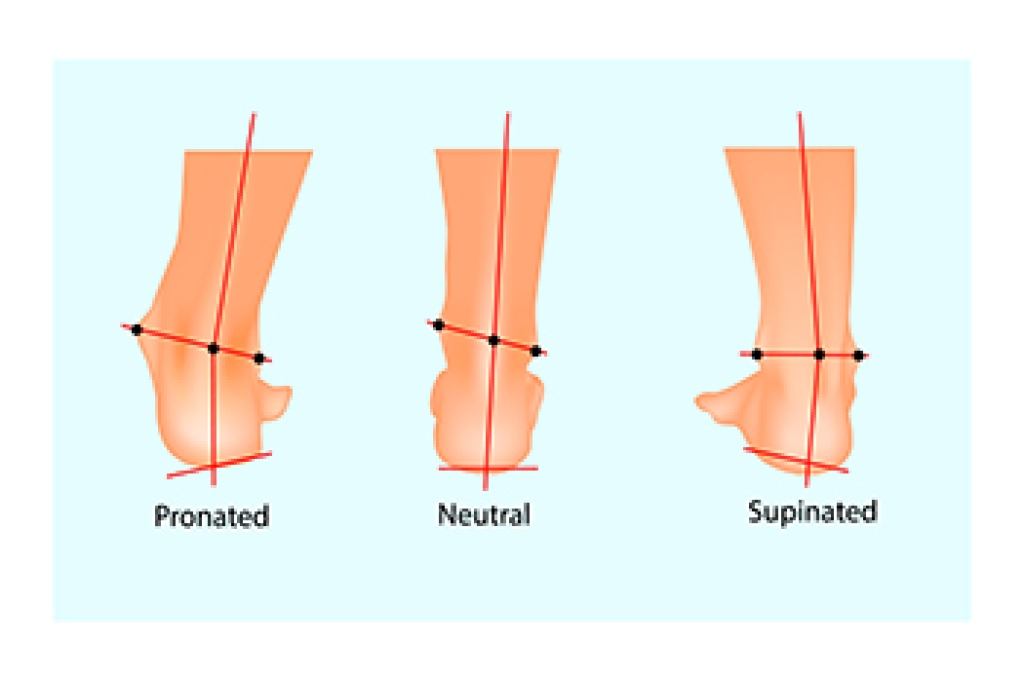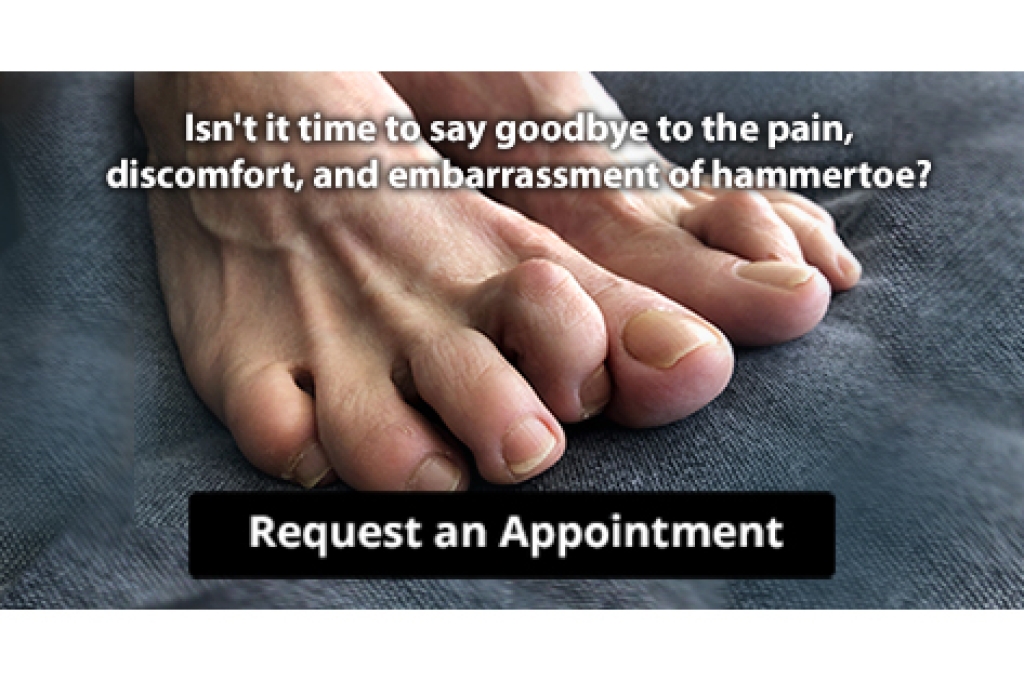
Pain in the ball of the foot occurs when too much pressure is placed on metatarsal heads, the long bones just behind the toes. This condition, termed metatarsalgia, can occur from running, jumping, or standing for long periods. Shoes that are too tight, narrow, or have high heels can push weight forward and strain the front of the foot. Foot shapes like high arches or flat feet can also cause uneven pressure. Bunions, hammertoes, or nerve irritation can add to the pain. Sometimes, small stress fractures or joint inflammation are the cause. The pain can feel sharp, burning, or like walking on a pebble. A podiatrist can check the structure of the foot, look at how you walk, and use imaging to determine the cause. Proper footwear, orthotics, or surgery may be suggested to relieve pressure. If you experience pain in the ball of the foot, it is suggested that you make an appointment with a podiatrist for a diagnosis and treatment.
Foot Pain
Foot pain can be extremely painful and debilitating. If you have a foot pain, consult with one of our podiatrists from Foot & Ankle Centers of Charlotte County . Our doctors will assess your condition and provide you with quality foot and ankle treatment.
Causes
Foot pain is a very broad condition that could be caused by one or more ailments. The most common include:
- Bunions
- Hammertoes
- Plantar Fasciitis
- Bone Spurs
- Corns
- Tarsal Tunnel Syndrome
- Ingrown Toenails
- Arthritis (such as Gout, Rheumatoid, and Osteoarthritis)
- Flat Feet
- Injury (from stress fractures, broken toe, foot, ankle, Achilles tendon ruptures, and sprains)
- And more
Diagnosis
To figure out the cause of foot pain, podiatrists utilize several different methods. This can range from simple visual inspections and sensation tests to X-rays and MRI scans. Prior medical history, family medical history, and any recent physical traumatic events will all be taken into consideration for a proper diagnosis.
Treatment
Treatment depends upon the cause of the foot pain. Whether it is resting, staying off the foot, or having surgery; podiatrists have a number of treatment options available for foot pain.
If you have any questions, please feel free to contact our offices located in Punta Gorda and Port Charlotte, FL . We offer the newest diagnostic and treatment technologies for all your foot care needs.




